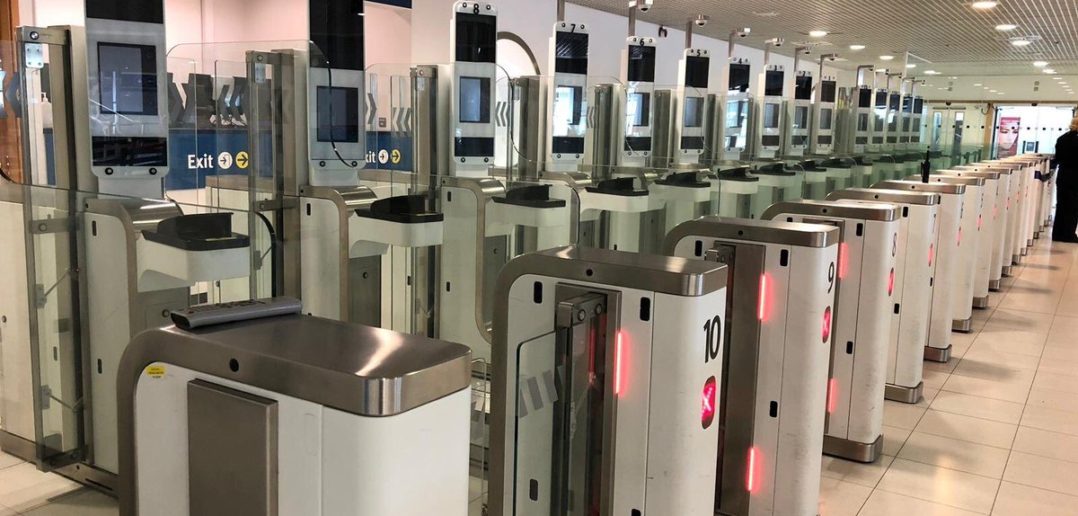Is there anything worse than a long alcohol-laden flight to find you have to face a huge 2-hour immigration queue and questions from a stern-looking TSA officer trying desperately to catch you out on why you are entering their country?
The first time Short Motivation landed in Miami we were faced with the longest immigration queue which took a staggering 3 hours to get through. And then, once and only once, making that key mistake of admitting you’re travelling for both business and leisure and having to explain the difference and reason why you didn’t need a visa to do business in the country.
Luckily our US friends decided to allow Brits to use the ESTA electronic machines which have vastly improved how we can sail through immigration. Sure, there’s the occasional queue for a machine, but it’s nothing like the old days waiting to pass through manual border checks.
Embarrassingly, a US citizen travelling to the UK still has to queue along with every other nationality, even though the UK has very similar electronic machines in the form of an ePassport gate.
Previously, these machines were only available to travellers with a UK, EU, European Economic Area (EEA) or Swiss biometric passport and had to be over the age of 18. For someone landing from within the EU, there were rarely queues and the process takes less than 2 minutes to sail through. For an American, no such luck. Until now.
One of the important announcements in the latest Budget speech was that travellers outside of the UK/EU will be able to use the ePassport gates. From April 2019, travellers from US, Canada, Australia, New Zealand and Japan will be able to queue with everyone from the EU. You’ll need one of the latest biometric passports to use the machines.
It will be interesting to see how this impacts immigration for UK/EU citizens used to using these ePassport gates and, generally speaking, facing immigration with few queues.
We wish other EU countries would implement similar gates. We’ve passed through airports in Germany and Portugal that have implemented ePassport gates, but some of the smaller airports still use personalised border control who, under new EU rules, insist on scanning every passport and typing in user data, which takes forever. We were surprised on a recent trip to Italy how long it now takes for someone from the EU to get through passport control at a small airport – allow for a good 45 minutes, longer if you’re at the back of the plane.




